The companies I know
Below you can find some very interesting companies I have met with or I simply know. I’m sure you will be intrigued by their activities, products and philosophies. Here we go:
Insitu is a pioneer in the design, development, production and operation of high-performance, cost-effective unmanned aircraft systems. The company is a subsidiary of The Boeing Company and with its headquarter in Bingen, Washington with offices in Oregon, Australia and the United Kingdom.
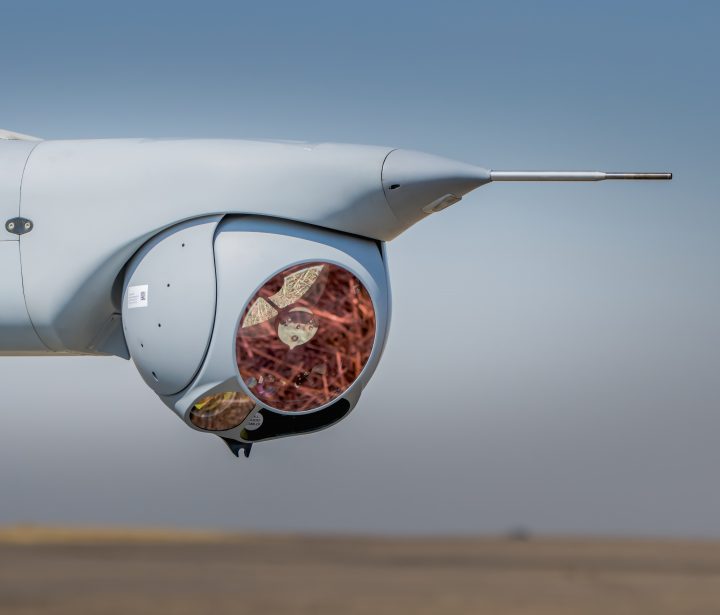
Lilium is a manufacturer of electric vertical take-off and landing airplane (eVTOL). In a Lilium Jet, lift is generated conventionally by propellers, but the propellers are rotated via purely electromagnetic means.

Glenair is a producer of high-reliability connectors and cables for mission-critical land, sea, air, and space applications. The company began operations in 1956 producing electrical connector backshells and accessories.
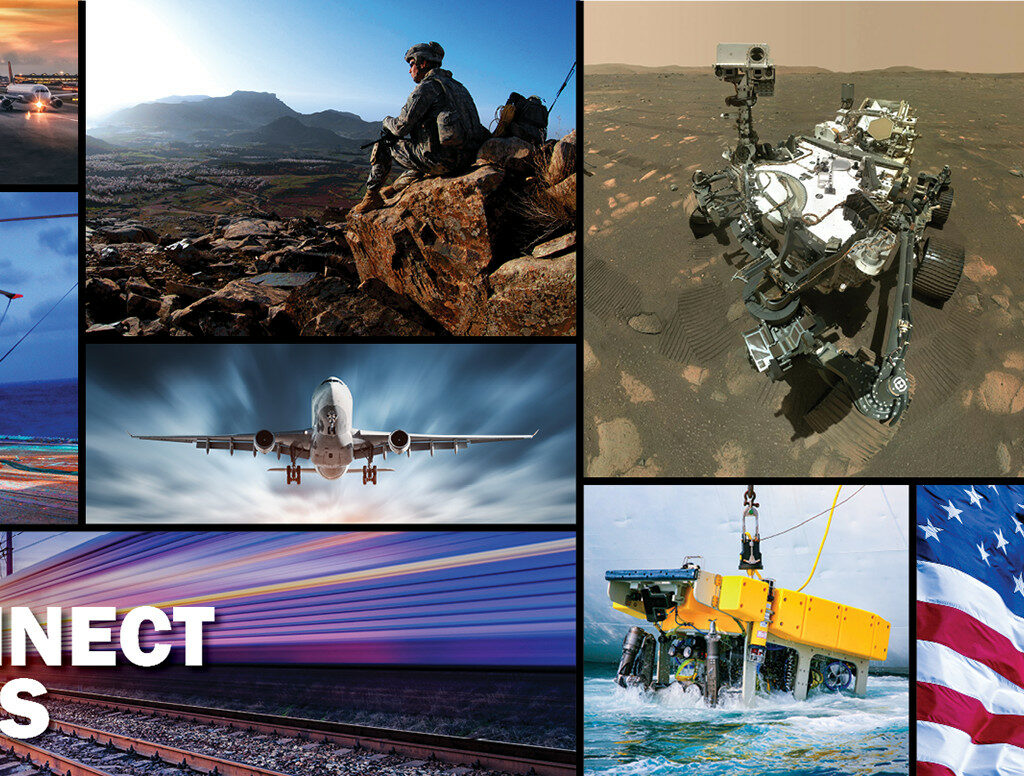
Knowde is an effective marketplace for chemicals. In one place you can easily find the product that you need, choosing from 8000+ supplier.

Flaris LAR01, also variously called the LAR 1 and LAR-1, is a Polish five-seat very light jet currently under development by METAL-MASTER, a company from Podgórzyn, close to Jelenia Góra. It is the only single-engined very light jet currently being developed by a non-American aircraft manufacturer.
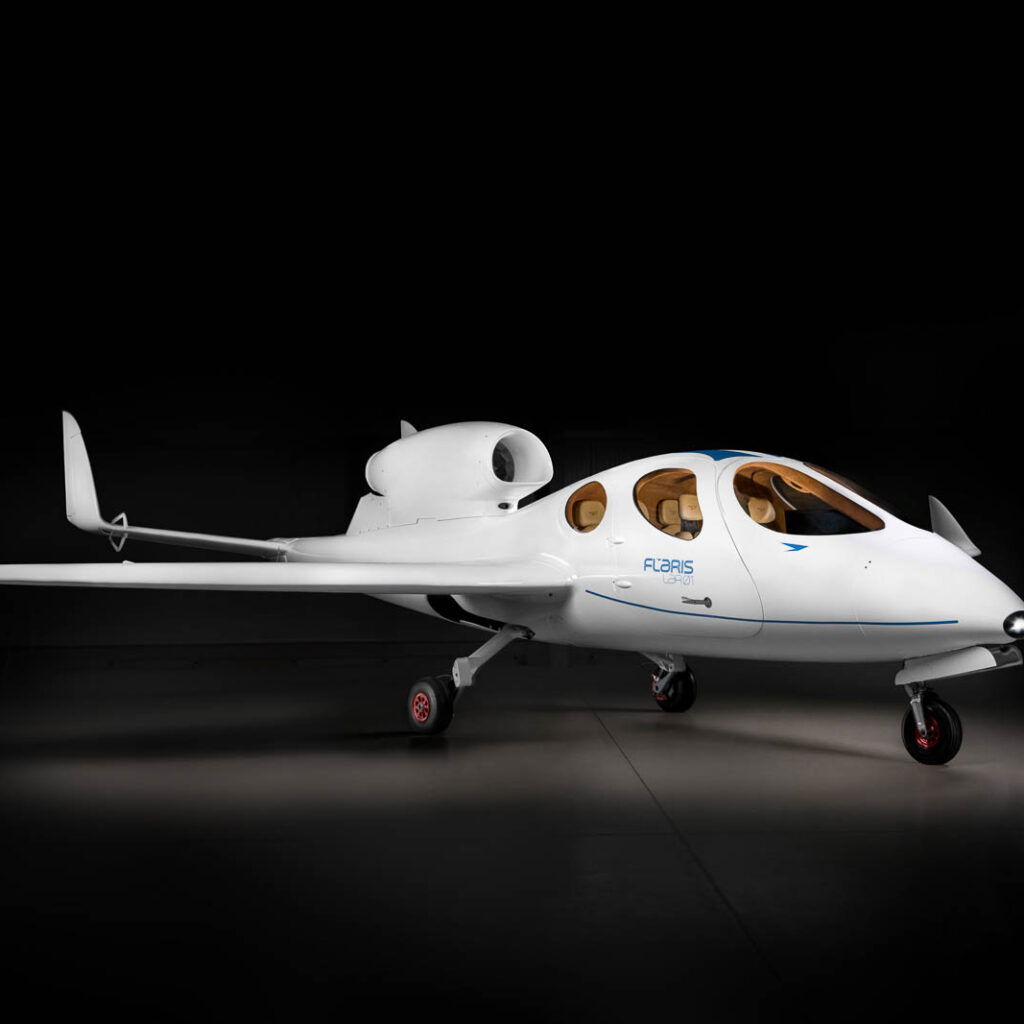
Netguru is a Polish software development and consultancy company founded in 2008. The company landed three times in Deloitte‘s Technology Fast 50 Central Europe ranking. More than 10 years of experience, over 630 developers and designers specializing in software of different types.

ILA Berlin Air Show
Exhibition area: 250,000 m2
Number of exhibitors: 1,100 from 41 countries
Number of flying machines on display: approximately 200
Number of visitors: 180,000
The Podkarpacie region has over 80 years of experience in the production of aircraft, and the products of Aviation Valley companies are used not only in Boeing and Airbuses, but also in F-16 and F-35 fighters. Aviation Valley has significantly increased its potential in recent years of operation – the number of aviation companies has increased from a dozen to almost 100, employment from 10 to 30 thousand, and export sales from USD 250 million. to over $ 3 billion
The Podkarpackie Region is already a recognizable brand at this event, as it will be present at the fair for the fourth time. For me It was a pleasure to a part of the group that represented Podkarpackie Region. My task was to participate in B2B meetings with the potential investors. I think I did a pretty good job.
I also took a lot of photos, visited the Beluga aircraft and took a pilot test, which I….failed 🙂
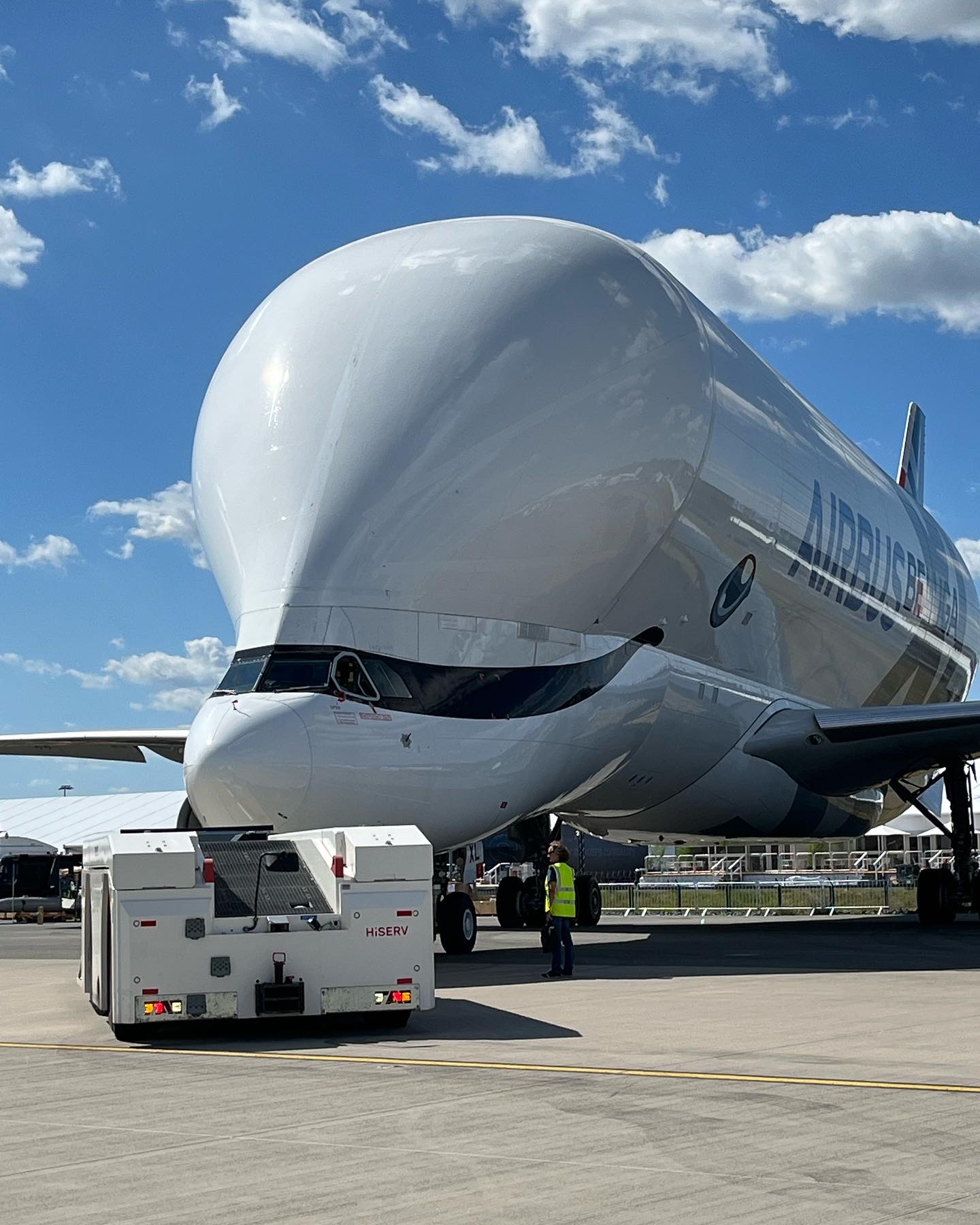
International Visitor Leadership Program (IVLP) – My IVLP Experience
It was a great experience, spending 3 weeks in the USA, visitng 5 cities and meeting the NGOs whose activity is connected with the leitmotif of our trip, which was TECHNOLOGY TRANSFER. Below I am presenting some of them and some of my stories/experiences.
The International Visitor Leadership Program (IVLP) is a professional exchange program funded by the Office of Education and Culture of the US Department of State. IVLP’s mission is to present the diversity of America’s political, economic and social life to current and new international participants through carefully designed exchange programs that reflect the professional interests of participants and the US government’s public diplomacy goals. Every year, about 5,000 experts / leaders / managers and scientists from around the world participate in a visit to the USA as part of the program. The maximum program duration is 3 weeks. Country participants are selected only through nominations made by US embassies and consulates.
Los Angeles – stay period 21.06 – 27.06.2018
Meeting with Expert Dojo – an accelerator for start-ups. The companies associated with the accelerator present the following industries: IT (mobile phone applications, games), medical (medical equipment), education (training). The accelerator enables companies to contact investors, provides consulting and training in the field of attracting and communicating with potential investors, identifies errors and conducts mediation in the event of conflicts. A useful meeting due to the possibility of verifying the functioning of business accelerators / incubators in Podkarpacie. The contact is also attractive for companies that would like to invest or start their operations on the American market.
Meeting with the law firm Stubbs Alderton & Markiles – a law firm specializing in, inter alia, in services related to intellectual property, licensing and patent process. Possible cooperation with COIE in the case of inquiries from entrepreneurs regarding the American market.
Day: 25.06
Meeting with the Jet Propulsion Laboratory research center. The center is part of NASA, but is run by Caltech (California Institute of Technology). The center specializes in the construction of vehicles participating in space exploration missions, conducts research and research and development related to with the use of new technologies in space and prepares space missions. During the meeting, the participants visited the center in the company of a Polish scientist, Art. B. Chmielewski and had a meeting with representatives of the institute’s technology transfer center. During the meeting, Mr. Chmielewski suggested that a company from Poland, from the modern technology sector, has experience in operating on the American market and which could become an example for other companies interested in entering the American market. The COIE expert indicated such a company (Bryk Sp.z o.o.) and after receiving the consent from this company, the contact was sent to Mr. Chmielewski. A meeting with the Los Angeles Cleantech Incubator, which is another example of an incubator. The activity of this organization focuses on the so-called clean technologies, including renewable energy sources. The incubator offers tenants office and production space (in the case of production space, the incubator does not have professional production halls as in the case of PPNT Aeropolis), training and access to potential investors and business angel organizations. Important contact for companies associated in the Podkarpackie Cluster of Renewable Energy and for ML System, the leader of this sector in Podkarpacie. During the visit to the incubator, thanks to previously sent materials to the organizers of the visit, one of the resident companies, AMPAIRE, asked for a meeting with a COIE expert. During the meeting, the company expressed interest in the Subcarpathian region (after the meeting, the expert sent a presentation) and the desire to contact PZL Mielec. The AMPAIRE company designs innovative electric turboprop engines. After receiving the approval from PZL Mielec, the COIE expert sent the contact to the company from Los Angeles. The company, in the e-mail sent after receiving the presentation, also expressed interest in the Podkarpackie region as a potential investment place
Washington DC – stay period 16.06 – 21.06.2018
The meetings in Washington began with informing the participants about the goals and course of their stay in the USA. The unit organizing the entire stay of the Polish delegation in the USA was the CRDF Global company. The participants were also familiarized by the organizer with the IVLP program itself, its history (the program has been in operation since 1940) and its goals. As part of the program, there is an association of alumni / participants from all over the world. Then, the participants, together with a guide and a liaison officer employed by the US Department of State, participated in visiting the most important places from the point of view of US history and policy, located in the country’s capital, including: White House (surrounding area), Capitol, Lincoln Memorial, Vietnam War Memorial.
Gallery
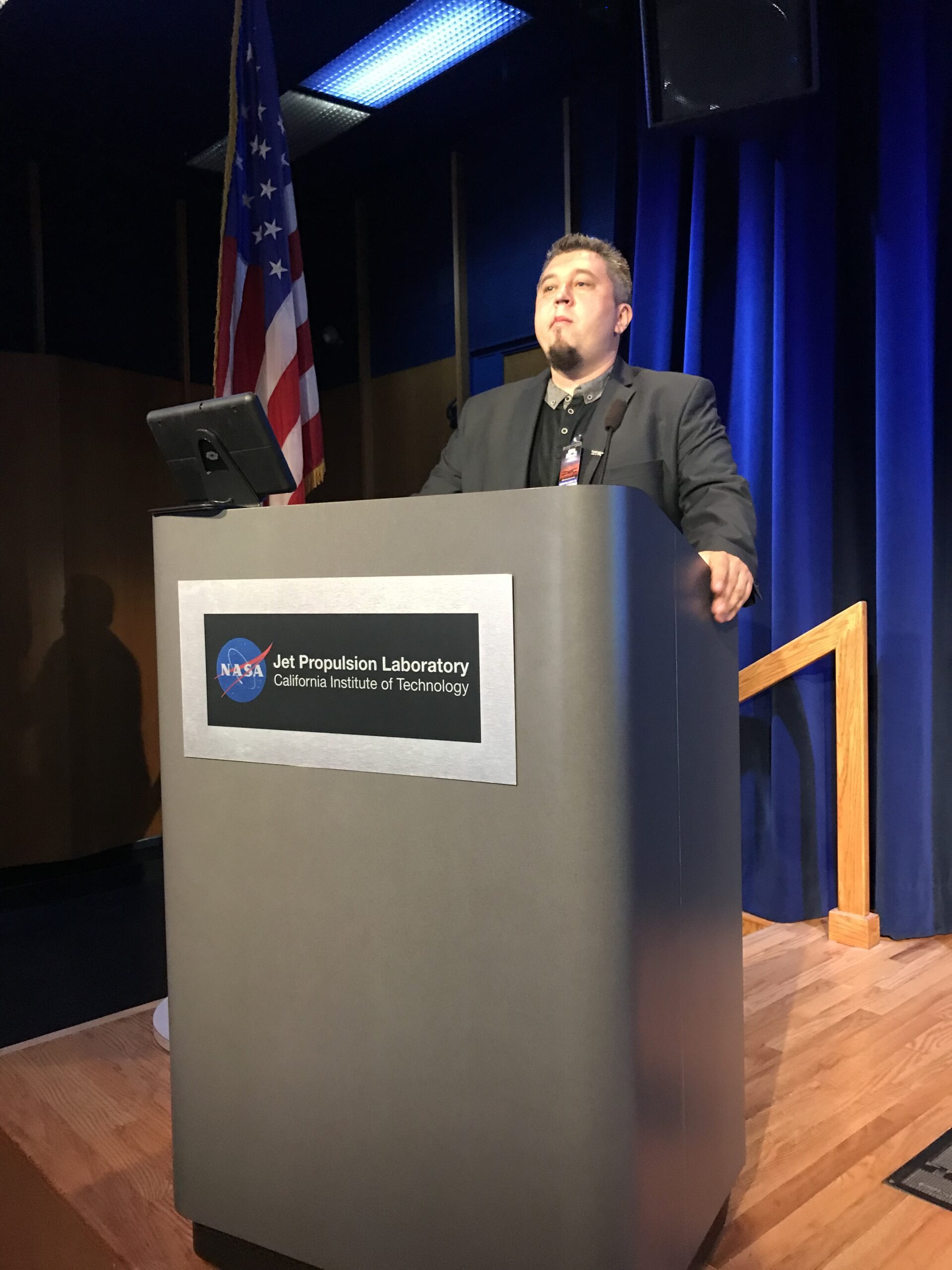
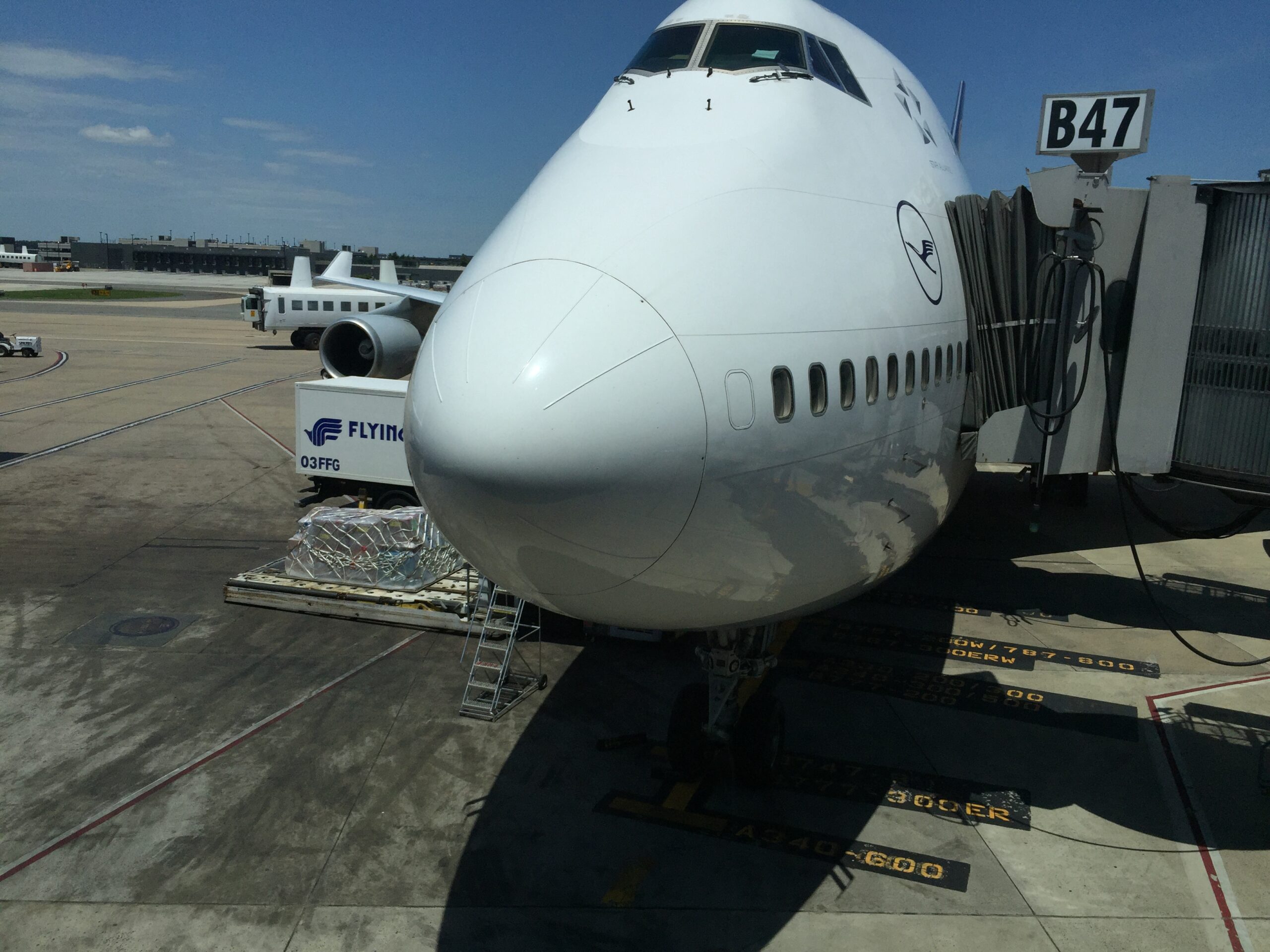


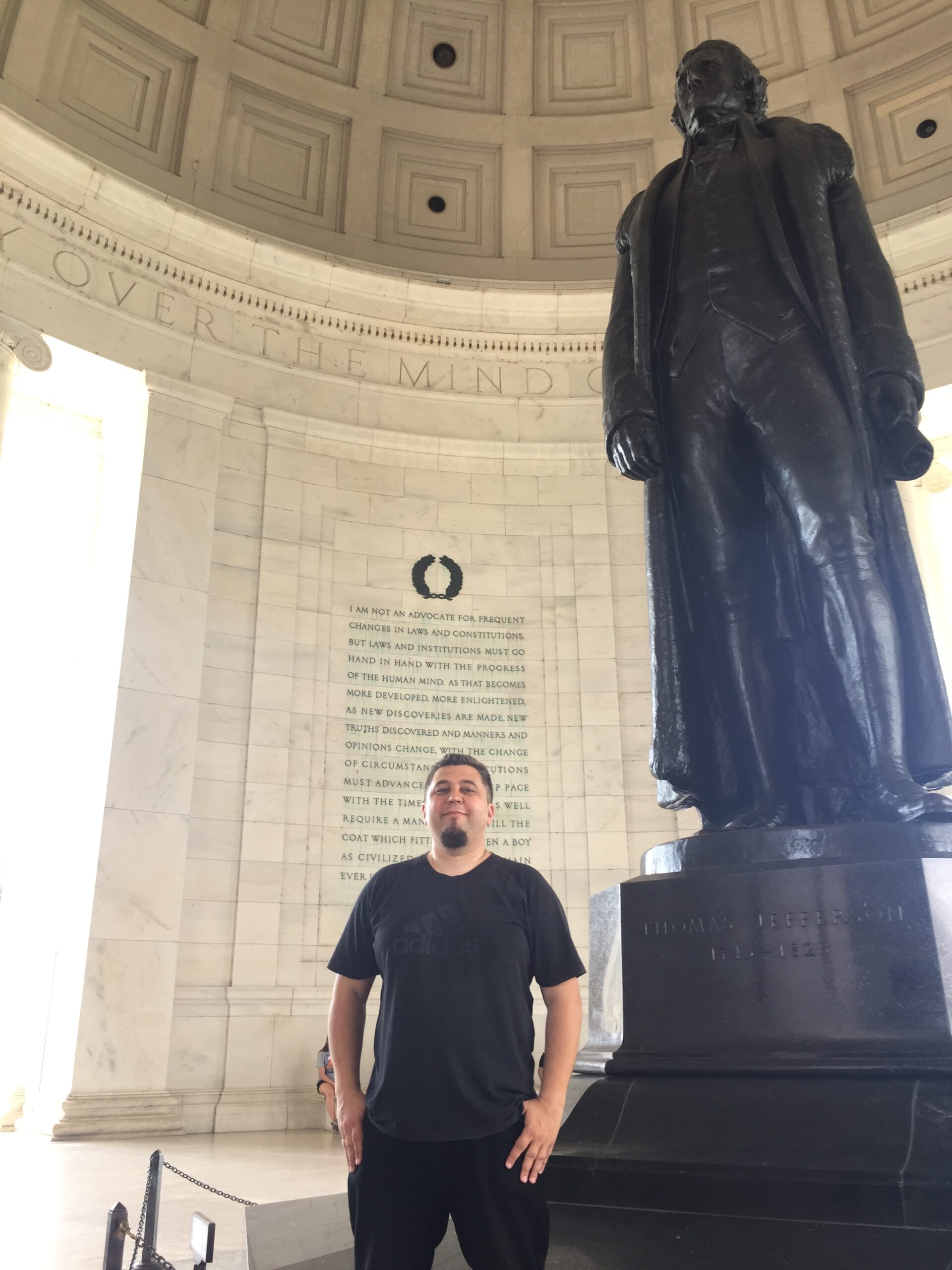


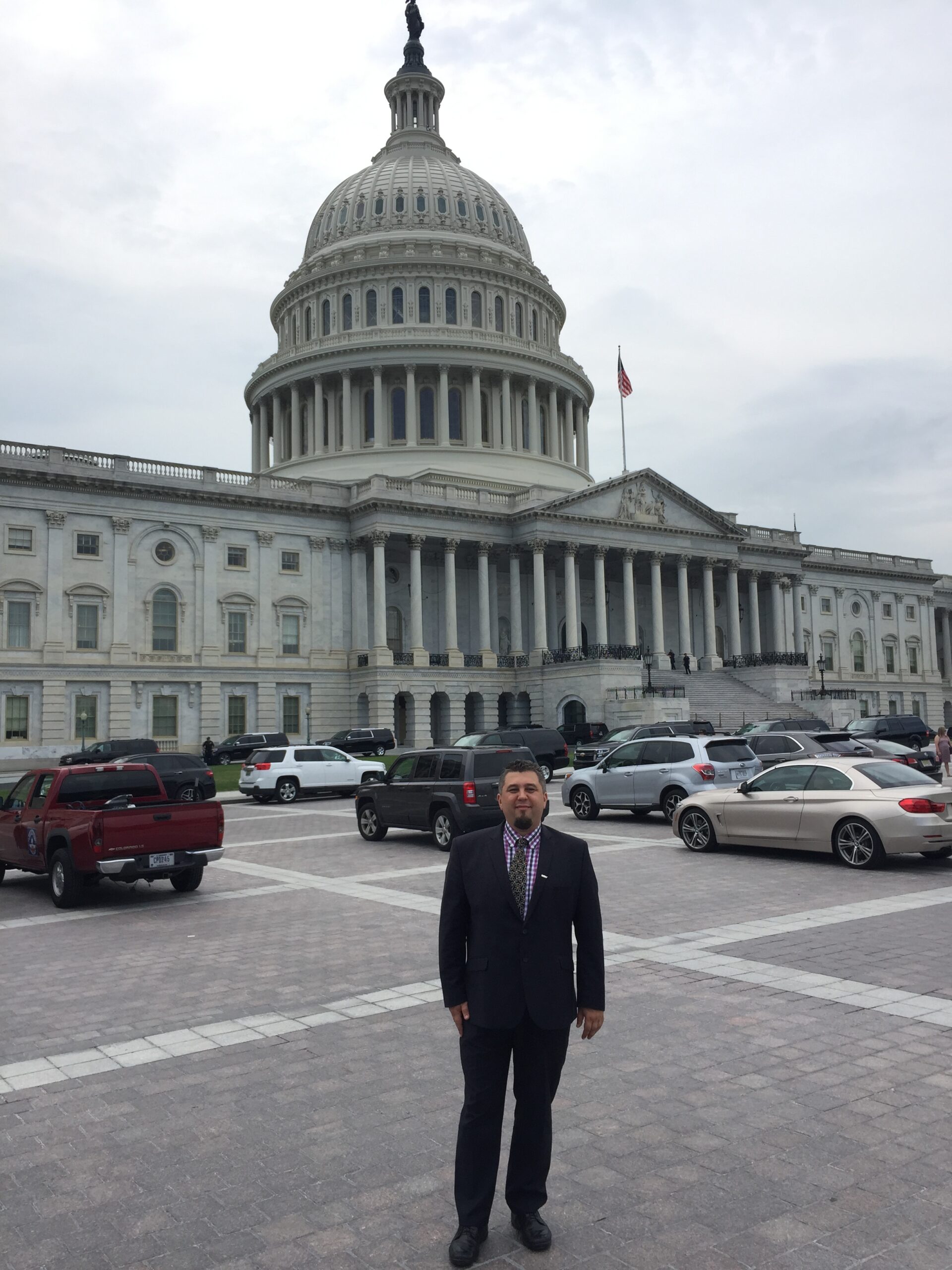




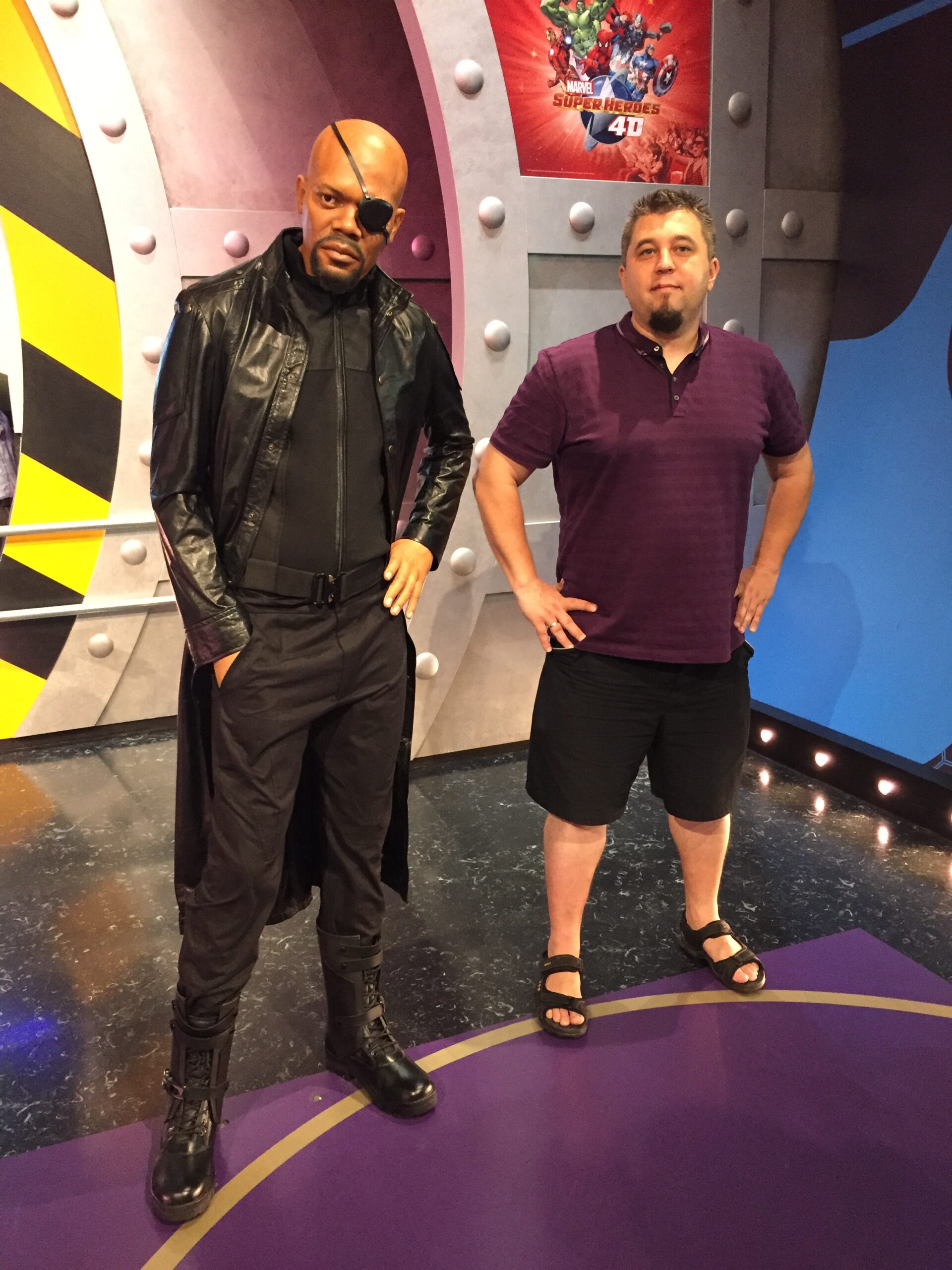

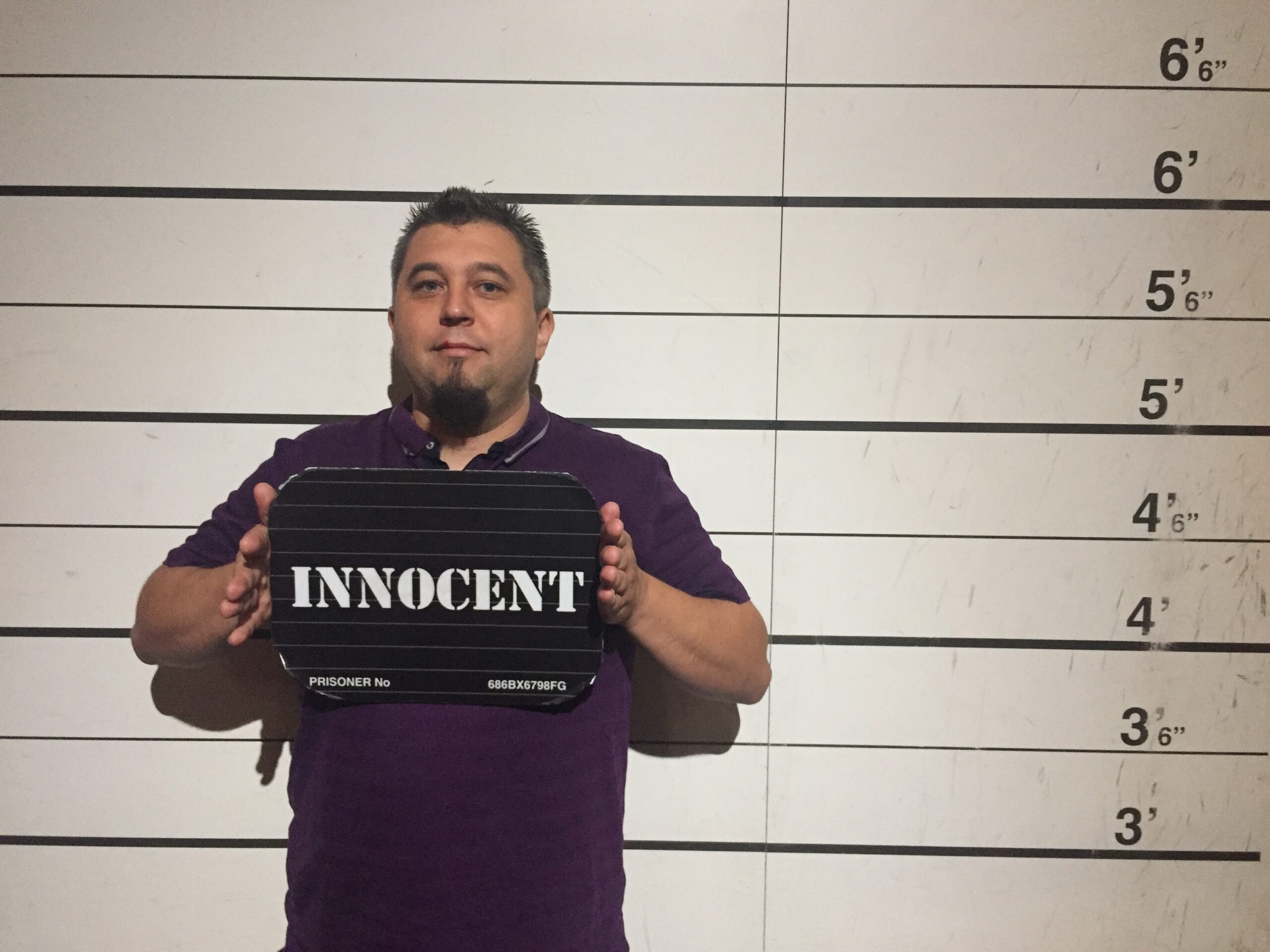
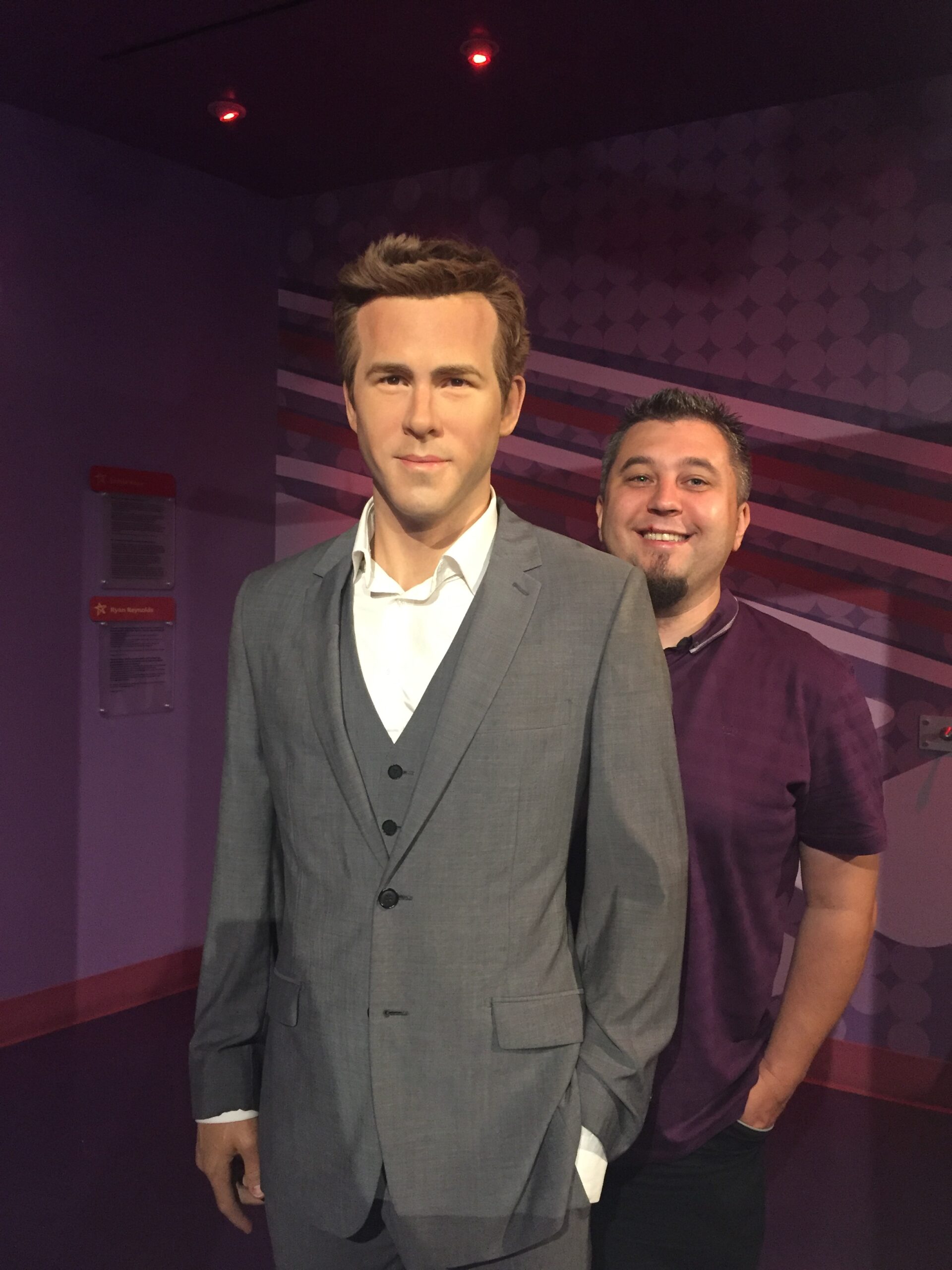
Is it really possible for the tier one companies to survive without a government’s support? I say: ‘NO’ and probably most of you will support my reasoning. Still, when we say ‘COVID-19’, we think about its duration and intensity, whether it deepens or it will decrease and be extinguished. this is still a serious matter for a vast number of the aerospace and defense major players. as planning is the key, it has become extremely difficult to predict how to do it. If we take into consideration a number of factors that have already influenced the industry and a number of factors that will stay with the business for a significant period, we observe that only through the government’s assistance may a company plan its relatively stable development. According to the PwC report, IATA estimates the industry will require a cash infusion of up to $200 billion, and additionally, the governments will have to provide their financial commitment. Moreover, Boeing’s troubles and a reduction of orders will affect its suppliers even harder than Boeing itself. Airforces should rebuild their strength much faster due to the orders made before the pandemic beginning and a slightly less affected supply chain. The top 3 issues (PwC) that the industry reports are:
- financial impact and financial liquidity
- global recession on the horizon
- reduced consumers’ confidence and as a consequence, the consumption
Is it still a talent market?
Can we rebuild the aviation industry after the pandemic? It’s a really difficult question. Provided we have the same level of comfort when using our airports, the industry should be able to recover. The only question is: when exactly? As we know, many international and domestic airlines have gone bankrupt, others are laying off thousands of employees. The reduction of flights also means that there is no need for a new fleet. Therefore, aircraft manufacturers – even the largest ones, such as Boeing or Airbus – have problems – airlines save their budgets by withdrawing from contracts and not ordering new machines. Additionally, the pandemic crisis has deepened the Boeing’s abbys. The company has not been able to cope with the illnes of its prodigal baby – MAX 737. It’s rather obvious that the US government (no matter who will run the show there) will increase the effort to feed this wondrouos baby. There is too much on the table. Airbus has also suffered, however, its problems seem to be more like a hard flu, rather than Boeing’s covid-like condition. Changes at the airports have been implemented. Will the passengers trust the airlines again, even with the vaccine? One thing is sure, not a single government will cut the cash pipeline that has been active since the beginning of this crisis. The aerospace bankrupcy would seriously influence other branches. Even if we take a look at the supply chain, we may observe that 1 job created by a multinational corporation generates 5 or 6 jobs in the 2nd and 3rd tier. After laying off so many people the industry will have a better flexibility in recruiting the talents. Can it be possible that the jobs in this area will become harder to get? And what about the salaries? Are they going to be reduced? Are the employers going to negotiate the salaries? Maybe they have already been doing it? I would like to learn your opinions, especially the ones who are or consider to be involved in the aerospace industry.
Teaching challenges
It is a quite challenge to master the language having only 160 – 200 hours. Of course by writing ‘master’ one should understand the ability to work professionally with an aircraft, making it airworthy and being able to avoid or effectively control your stress, knowing that making a mistake may cost a lot. That is why I believe that teachers should primarily put emphasis on expanding the vocabulary base, which seems to be obvious. However, it is really difficult to adjust the curriculum. Why? Even though a placement test may give you some answers about your students’ language performance, you still may end up with a group of people whose knowledge of the language is very different. Some are more productive, some may be more into receptive skills. Their professional background and experience may be different too. During my career as a teacher I have met many students whose certificates said ‘B2′ and their actual competence was very limited. On the other hand, a person without a certificate, with a basic English and after 3 years of experience in a corporation where English language borrowings are used on a daily basis together with the employees’ mother tongue, may be able to communicate freely and in the area of technical English too. What to do and how to proceed? What should a teacher to pay attention to? Here I have selected a few observations that might be useful. Know any more? feel free to comment.
- Always make sure = make certain that your students understand you
- Give = generate as many synonyms and opposites as possible,
- Modify = change a sentence, e.g. I need (a bit, much, a lot, a tad) more fuel,
- Repetition, Repetition, Repetiton,
- Word formation, e.g. to employ – employer/ee – employ-ment – employ-ed, un-employ-ment,
- Support your words with videos and pictures,
- Boost = increase = bolster your students’ confidence

I would like to add that it’s really important to give a context of the particular word’s usage. When you memorise just a “bare” word it is like thowing your clothes into a wardrobe – the clothes are in your wardrobe, but you don’t know where really they are (when you need them). But when you learn full phrases then you have sth like clothes on hangers – everything is clear, visible and easy to find. Sometimes I understand the word but, still, I don’t know how to put it in sentence in a correct way. So context is important.
Incredible quest there. What occurred after? Thanks!
That is very fascinating, You’re a very professional blogger.
I have joined your rss feed and look ahead to in the hunt
for more of your wonderful post. Additionally, I’ve shared your site in my social
networks